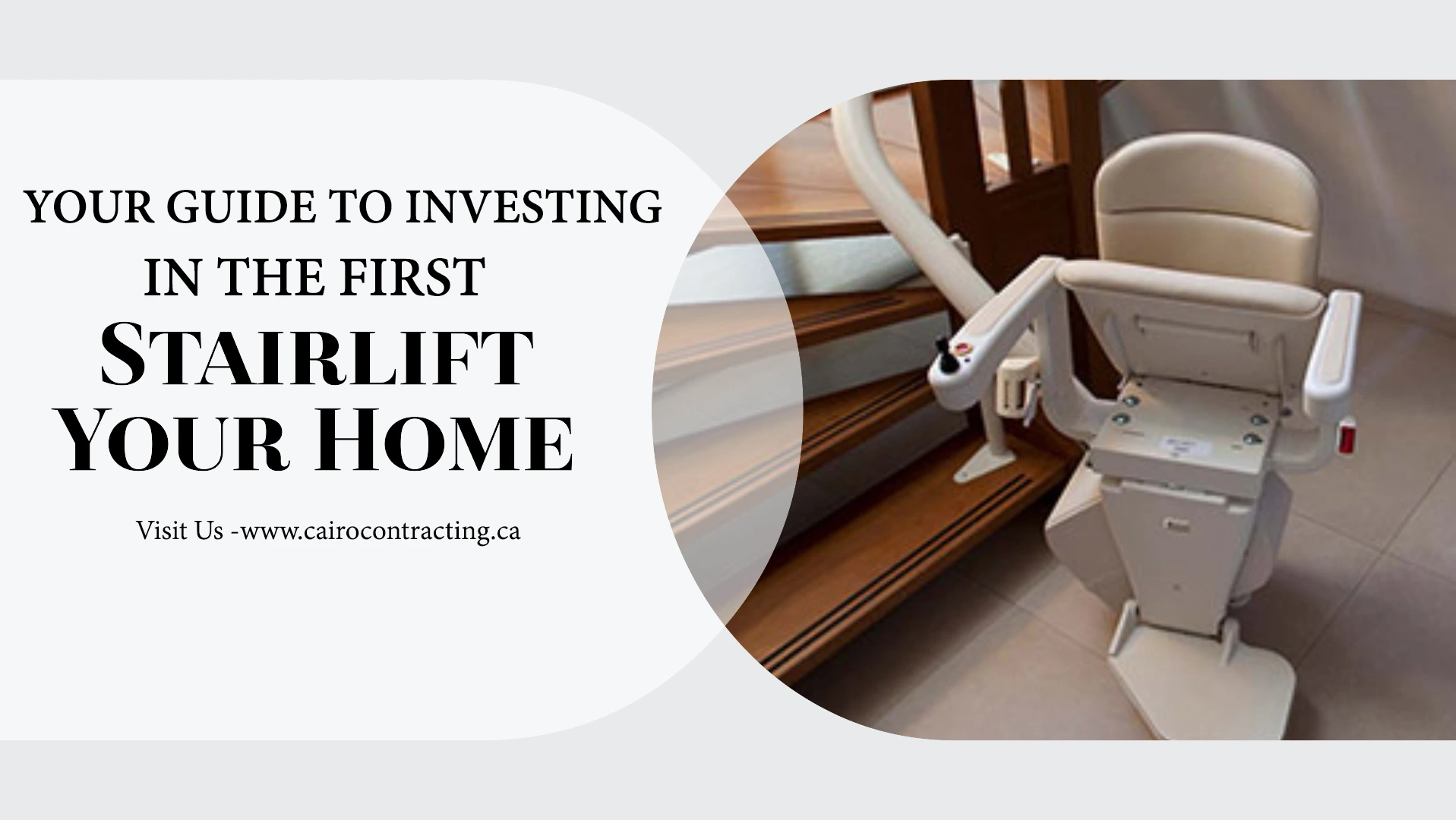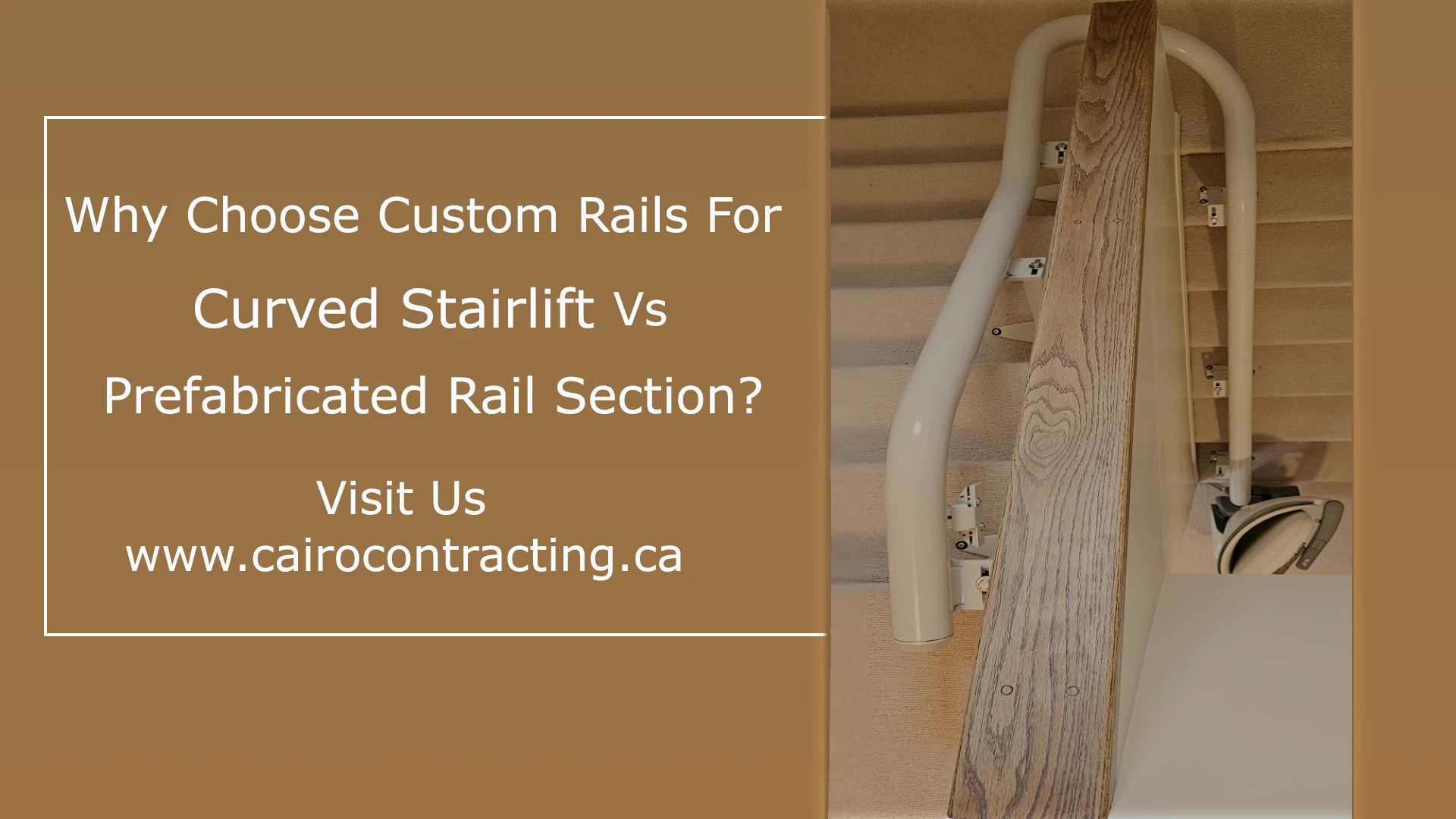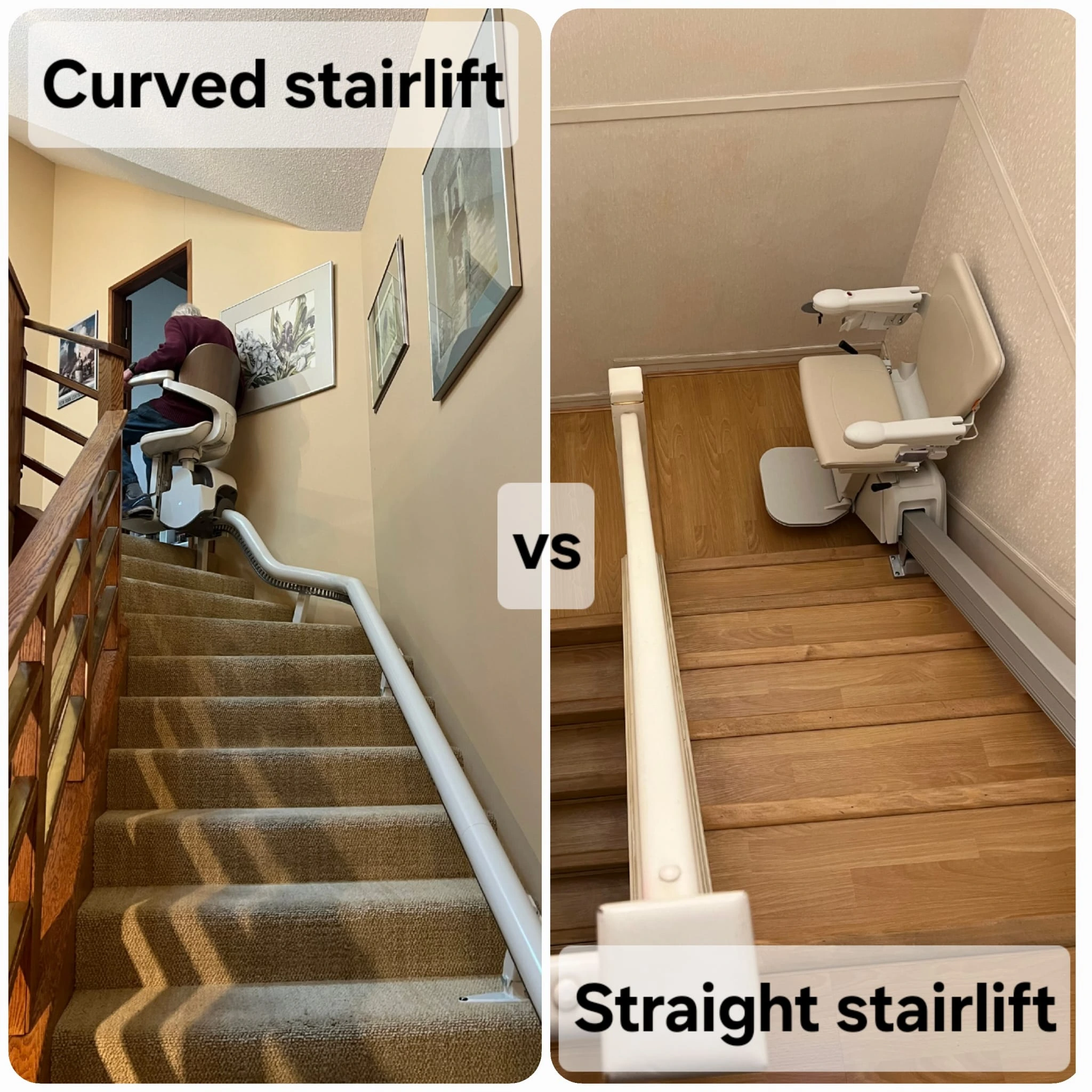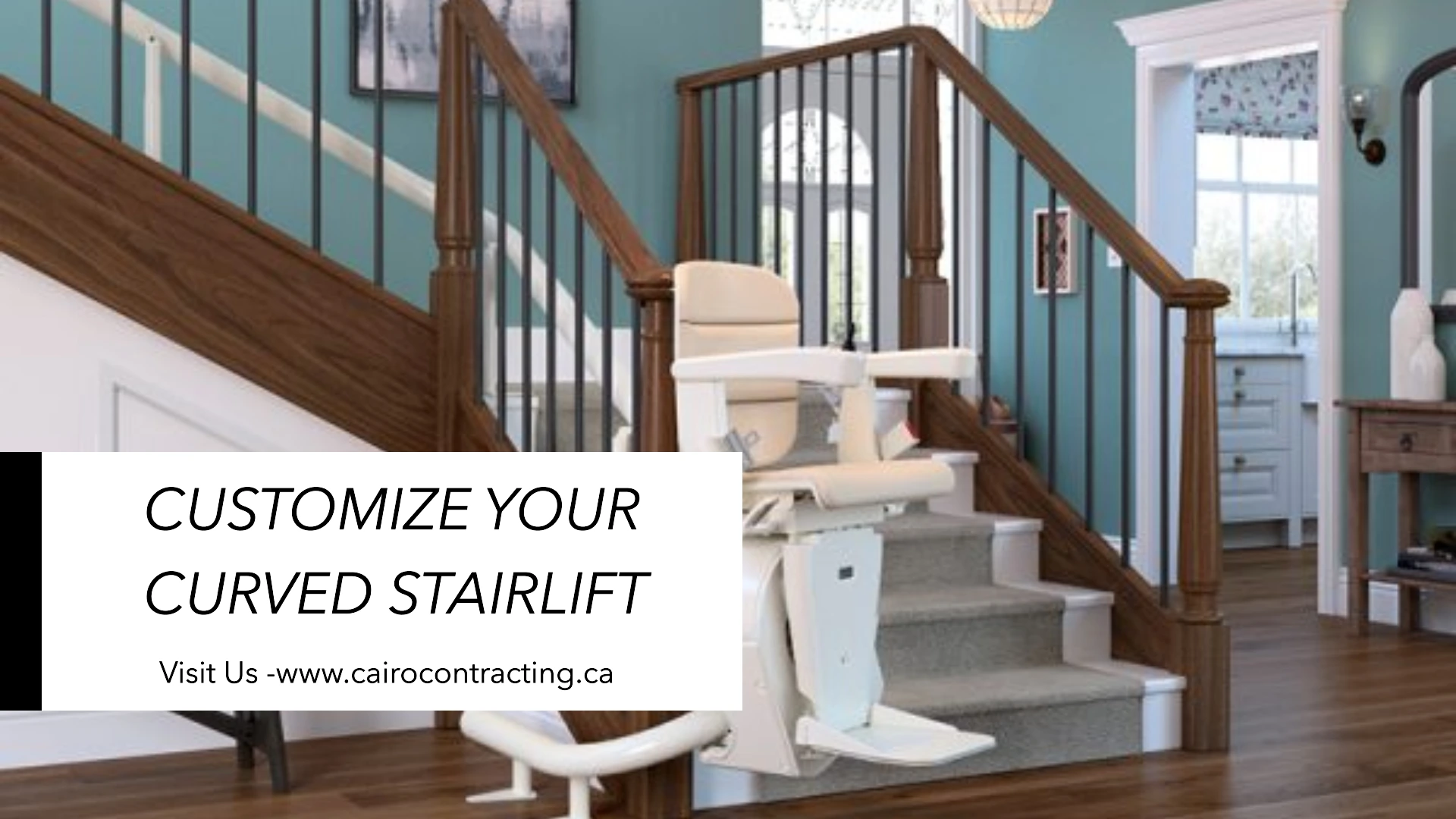Investing in your first stairlift is an important decision that can significantly enhance mobility and quality of life, especially for individuals with limited mobility. Here’s a step-by-step guide to help you through the process of selecting, purchasing, and installing your first stairlift:

1. Evaluate Your Needs and Lifestyle
- Assess your mobility requirements: Are you able to walk up and down stairs slowly, or do you need a lift for ease of movement? Consider how often you will be using the stairlift as an accessibility solution.
- Consider the layout of your stairs: Stairlifts work best in homes with straight stairs, but there are models designed for curved stairs too.
- Identify any medical needs: If you have specific medical conditions (like arthritis, muscle weakness, etc.), this could influence the type of stairlift you need.
2. Understand the Different Types of Stairlifts
- Straight Stairlifts: These are for homes with simple, straight stairs. They are more affordable and easier to install.
- Curved Stairlifts: These are custom-made for staircases with turns, landings, or complex shapes. They are more expensive but necessary for curved stairs.
- Outdoor Stairlifts: If you need a stairlift to reach an outdoor entry or porch, these models are weatherproof.
- Platform Lifts: For individuals who use wheelchairs, platform lifts provide a larger surface for the user to sit or stand on, accommodating mobility devices.
3. Budget and Financing
- Cost of the stairlift: The price can vary greatly based on the type, customization, and brand. Straight indoor stairlifts typically range from $3,500 to $5,500, while curved models can cost between $13,000 and $18,000 or more.
- Stairlift Installation: Most stairlifts come with stairlift installation included, but always confirm if this is part of the pricing. For instance, Cairo Contracting offers the most cost-effective stairlift solutions for all types of staircases.
- Maintenance and Warranty: Look into any additional costs for regular maintenance or warranties. Some manufacturers offer extended warranties for an added cost.
4. Choose the Right Features
When choosing a stairlift as an accessibility solution, consider the following features:
- Seat size and comfort: Ensure the seat is comfortable and supports your body well.
- Safety features: Look for features like a seatbelt, swivel seat, armrests, and footrests.
- Speed and smoothness: Check how fast the stairlift moves and how smoothly it operates, especially if you have a health condition that makes sudden movements uncomfortable.
- Remote control and controls: Some models offer a remote control, which allows the user or a caregiver to call the lift from either top or bottom of the stairs.
- Foldable seat and footrest: If space is an issue, look for stairlifts with foldable seats and footrests to save space when not in use.
5. Get Multiple Quotes and Compare Options
- Reach out to different manufacturers and installers: Get at least three quotes from various providers. This will give you a sense of the cost range and allow you to compare different features. Savaria/ Handicare is one of the biggest Canadian manufacturers for accessibility solutions.
- Check for certifications: Make sure the stairlift is certified by relevant safety standards as per the BC bylaws.
- Read customer reviews: Online reviews can give you insights into the performance and reliability of the stairlift model you’re considering. Cairo Contracting being the dealer of Savaria/ Handicare in BC has established itself for providing best customer experience for accessibility solutions.
6. Installation Process
- Pre-installation inspection: A professional installer will usually need to visit your home before installation to inspect the stairs and determine the best placement for the stairlift.
- Quick and clean stairlift installation: Most stairlifts can be installed within a few hours, and the installation process is often non-invasive. The installer will mount the rail system to the steps, and the lift is typically not connected to electrical systems, so the stairlift installation should be simple.
7. Post-Installation Considerations
- Training: After stairlift installation, make sure to get a demonstration of how to use the stairlift. It’s essential to understand how to operate it safely. Cairo Contracting has certified, well trained and experienced installers to provide the best customer experience.
- Regular maintenance: Stairlifts need occasional maintenance, such as checking for wear and tear on the rails and checking batteries (if battery-powered). Some companies offer service contracts for regular maintenance.
- Warranty and customer support: Ensure the stairlift comes with a warranty, and keep the manufacturer’s contact information for future needs. Cairo Contracting is known for being just a phone call away with best customer service.
8. Financial Assistance Options
- Insurance coverage: Some health insurance plans or Medicare may help with the cost of a stairlift. Check with your provider to see if any coverage applies.
- Government grants: In some regions, there may be government assistance or grants available to help pay for mobility aids, including stairlifts.
- Tax deductions: Depending on your location and health condition, you might be able to claim the cost of an accessibility solution like stairlift as a medical expense on your taxes.
9. Ensure Long-Term Support
- Consider future needs: If your mobility needs change in the future, ensure that the stairlift is adaptable. Some models can be upgraded or relocated if necessary.
- Plan for potential resale: If you plan to move, research whether the stairlift can be easily removed and reinstalled at your new home or resold.


